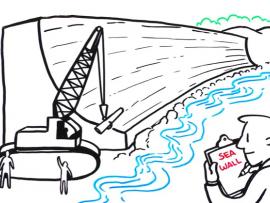From Satellites to Your Backyard - Graphing IMERG Monthly Precipitation Data
Did you know NASA has satellites that observe rain and snow all over the world? With this activity you can access NASA data to see how much precipitation was observed by satellites for your location any time from June 2000 to the present.











